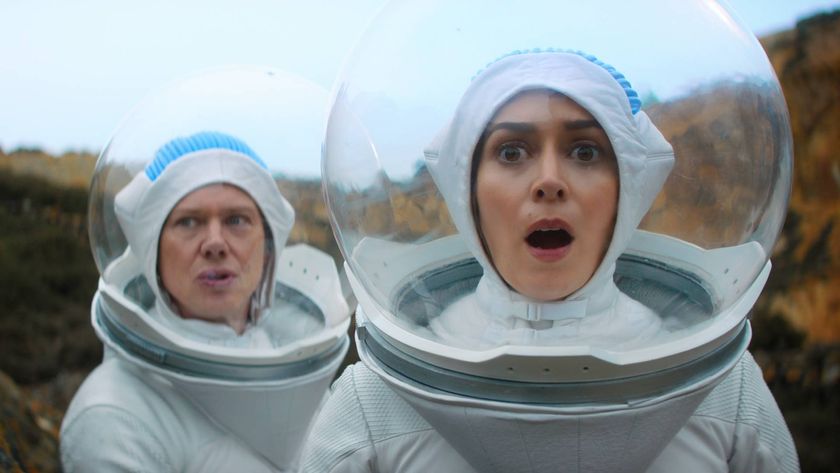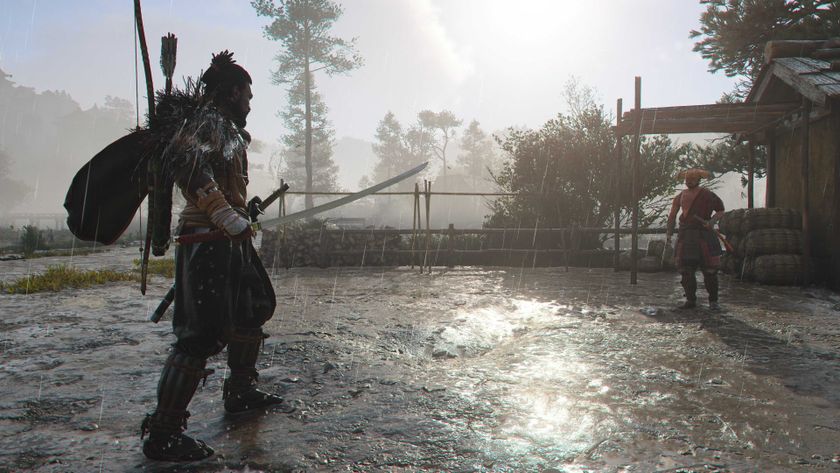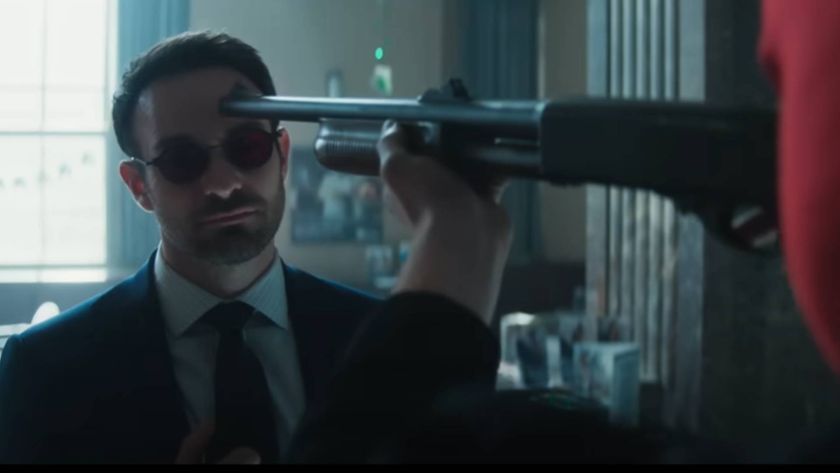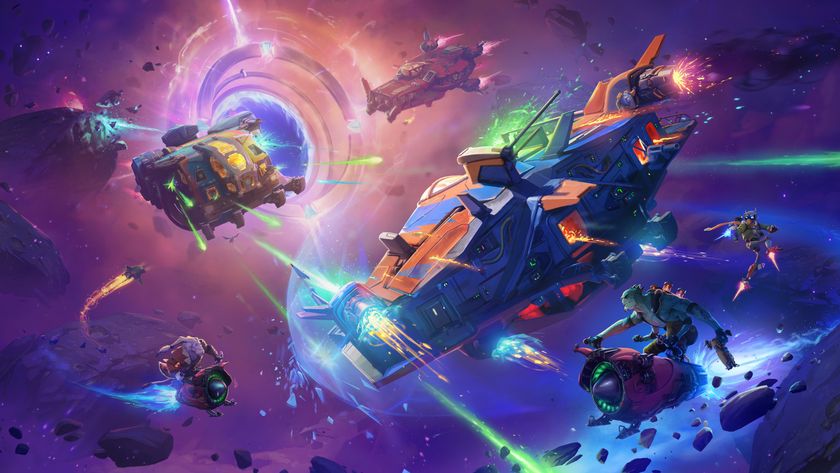10 bits of Tolkien mythology to look for in Shadow of Mordor
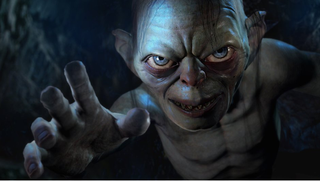
After The Hobbit, but before Lord of the Rings: this is a fascinating place for Middle-earth: Shadow of Mordor to be set. Now that a sequel has been announced, this is the time to dig back into the game to search for all the hardcore, nerdy Rings references. Or just read about them in a list article - your call. This interpretation of Tolkien's world is packed with assassinations, betrayals, possessions, and even the occasional laugh-out-loud moments. It also makes use of the insanely dense mythology of Middle-earth, with numerous names, collectibles, items, and locations linked in ways many gamers might miss. Yes, the developers go much deeper into Tolkien's world than simple things like Gollum's real name or Aragorn's sword. So, for the benefit of those who haven't read every appendix in Return of the King or studied Elvish, here are ten of the most interesting Tolkien references you'll find buried in Shadow of Mordor.
Ithildin
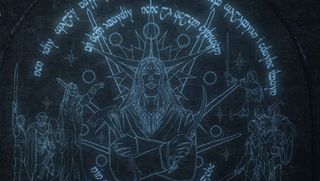
Ithildin - you can call it 'Starmoon' if that's easier - is a special type of Mithril used for inscriptions. It's crafted to only show up during certain phases of the moon, or when a certain phrase is spoken. This fascinating bit of craftwork is its own category of collectibles in Shadow of Mordor, so you know it's important.
You've seen it in the movies too. In The Hobbit films, Thorin's map is laced with the stuff, and Elrond remarks on it during the party's visit to the elves. Ithildin also covers the Doors of Durin as seen in the Fellowship of the Ring. As you no doubt recall, Gandalf opens the massive doors so the group can enter the Mines of Moria. Ithildin: it's handy.
Graven Idol Representing Morgoth
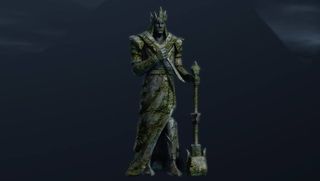
During your adventure in Shadow of Mordor, you'll pick up this old, mossy idol of Morgoth. Examine it, and you'll learn that the Numenoreans (a people living on an island south of Mordor) were actually forced to worship the guy.
So why's that so bad? Well, Morgoth was the First Dark Lord of Middle-earth. His chief lieutenant? The Second Dark Lord, "I'm the big bad boss of the entire Lord of the Rings canon" Sauron. Try not to smash this idol into pieces when you find it.
Strange Rock
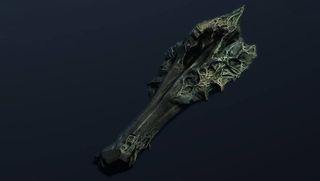
Yes, I'm focusing on a rock for this one. You see, examining this collectable chunk of debris will inform you that it came from the volcano Orodruin. Its volcanic rocks are regularly turned into weapons: perfectly understandable, given that the Dark Lord Sauron has a special bond with the volcano.
Oh by the way, Orodruin is more commonly called Mount Doom. Frodo and company's fiery final destination is an incredibly deadly place, and Talion's just going around, pocketing pieces of its volcanic debris. The balls on that guy
Sign up to the 12DOVE Newsletter
Weekly digests, tales from the communities you love, and more
Rusted Horn
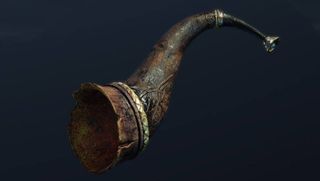
This pick-me-up may just seem like an old noise-maker at first, but further examination reveals just how important it really is. Play the memory found within, and you'll hear about a massive battle between Men, Elves, Dwarves, and Orcs. This horn was in fact used at the Battle of Dagorlad.
This battle is important for two reasons. First, it was a massive victory over Sauron's forces. Hooray, good guys! Second, the bodies from this battle wound up in the Dead Marshes: bodies that Frodo passes during his travels in The Two Towers.
Herald's Scroll

This collectable scroll has two stories behind it. First, the unfortunate courier delivering the message was chomped up by some hungry Uruks (the bloodstains on the parchment make that painfully clear). Second, the message itself tells of the Orcs' defeat at the Battle of the Five Armies.
That should sound awfully familiar. Battle of the Five Armies is the upcoming final film in the Hobbit series. This is a massive battle involving the Men of Long Lake, the Elves of Mirkwood, Dwarves, eagles, goblins, and wargs. What will surely be the epic climactic battle of Jackson's trilogy has already happened in Shadow of Mordor, and this scroll tells the tale.
The Two Istari
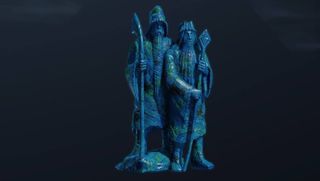
The in-game description of this item isn't too helpful. It doesn't name the two wizards you see above, and the memory attached to it is super vague. So keep two things in mind: two wizards, carved in blue.
Now let's talk about Wizards. In Lord of the Rings canon, there are five: Gandalf the Gray, Saruman the White, Radagast the Brown, and two Blue Wizards named Alatar and Pallando. The last two don't show up in the movies or books; in fact, they're only named in supplemental material. But since the statue above clearly depicts two wizards carved into blue rock, it stands to reason that we're seeing Ally and Pally for the first time in Shadow of Mordor even if it's in rock form.
Crushed Spider Egg & Torn Banner
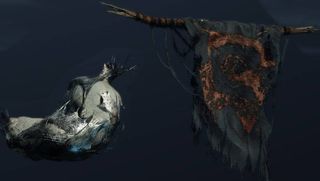
This is a bit of a two-parter, but the spider egg and banner you see above are closely tied together. Examine the egg, and the memory inside will reveal a confrontation between the Mouth of Sauron and Ungoliant, mother of Queen Shelob. The banner's description goes deeper into this conflict, revealing a growing battle between the Uruks and the spiders.
So why is this important? Because Shelob's appearance halfway through Return of the King is a pretty significant. Gollum leads the party inside her lair, Shelob attacks, Samwise saves Frodo, it's a whole ordeal. And the Spider Queen wouldn't live down there if her mommy Ungoliant hadn't been driven away in Shadow of Mordor.
Pipeweed
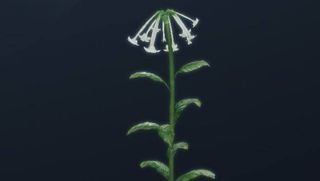
Ah, pipeweed. It's exactly what it sounds like: a pleasant plant that everyone from Hobbits to Dwarves smokes. In The Fellowship of the Ring, you can see that it's readily sold in stores, but it's not native to the Shire. It was imported there after Sauron seized Isengard.
Now here's the kicker. Pipeweed is a wild plant in Shadow of Mordor, and the game takes place prior to the events of Lord of the Rings, remember? So that very same pipeweed you're plucking is what Sauron harvested and traded to the lands to the west, including the Shire. In short, Sauron is the Hobbits' dealer.
Athelas
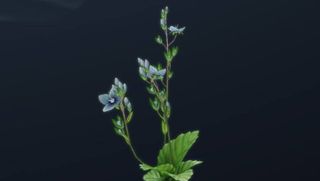
This blue bud is a nice pick-me-up when you're low on health, and you'll need to pluck a few bunches to complete some survival challenges. So it's medicinal, and that's important.
King-to-be Aragorn uses the stuff to heal Gondorians of the Black Breath, winning him the people's support for his royal claim. He uses it to heal Frodo and Sam in the Fellowship of the Ring. At the Battle of Pelennor Fields (seen in Return of the King), he uses the flower again to heal others when they too get caught by Black Breath.
Tony lives in Maryland, where he writes about those good old-fashioned video games for 12DOVE. His words have also appeared on GameSpot and G4, but he currently works for Framework Video, and runs Dungeons and Dragons streams.
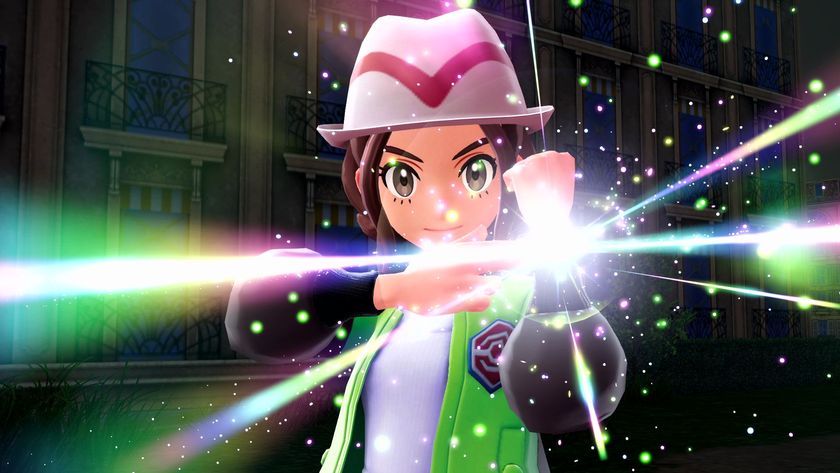
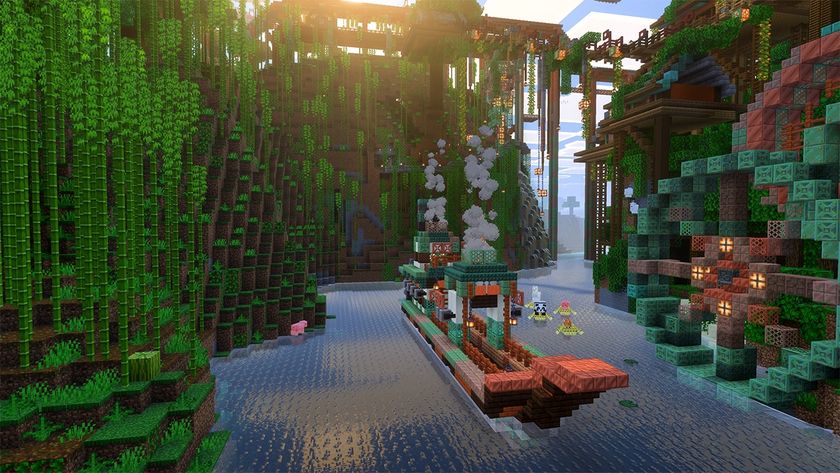
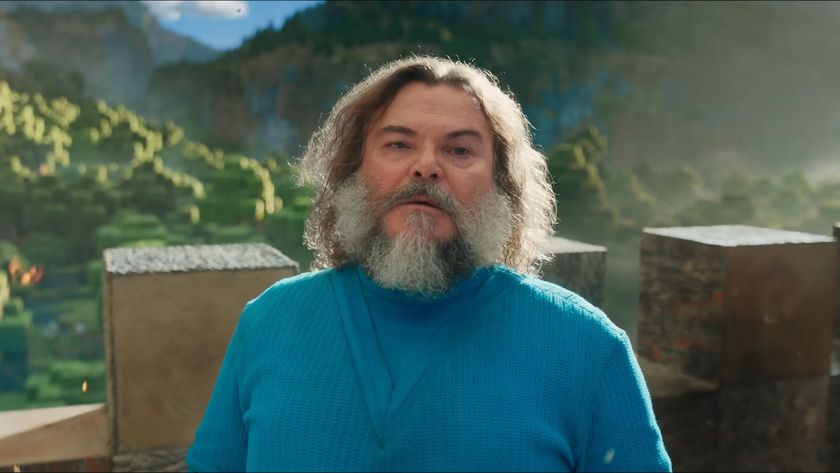
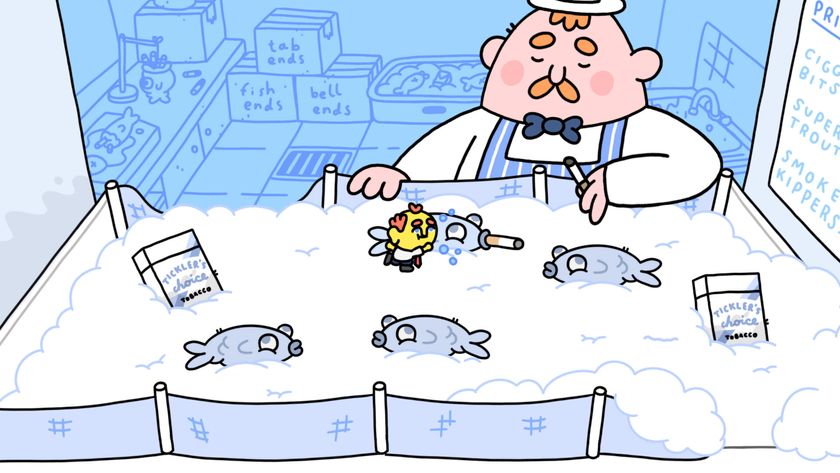
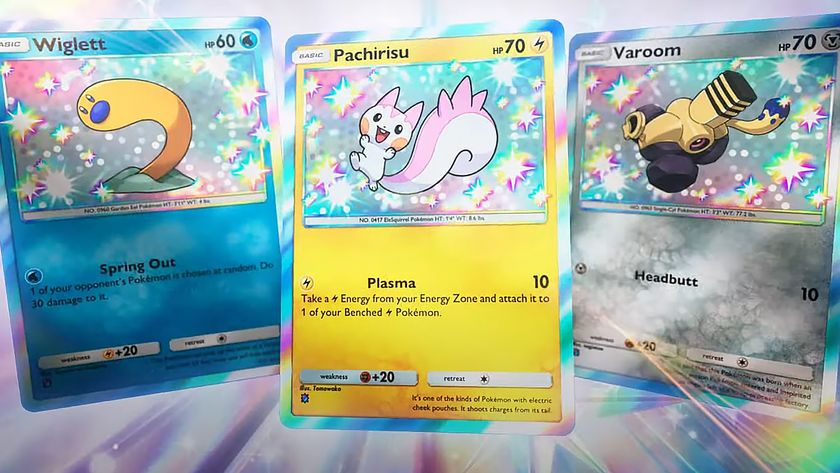
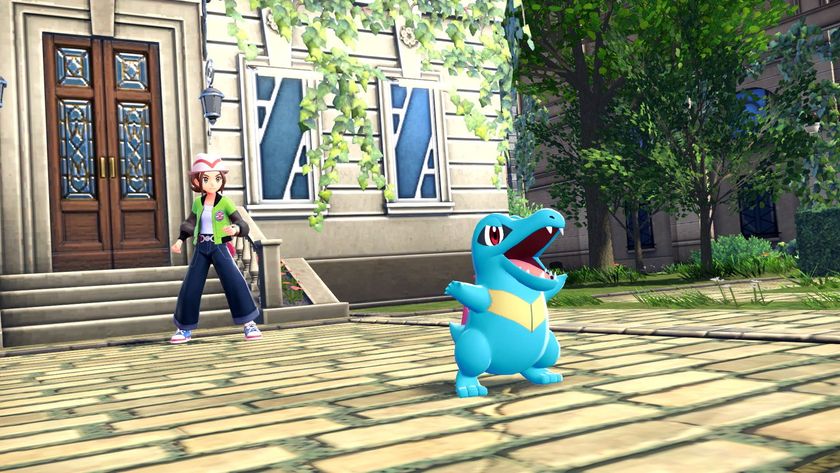
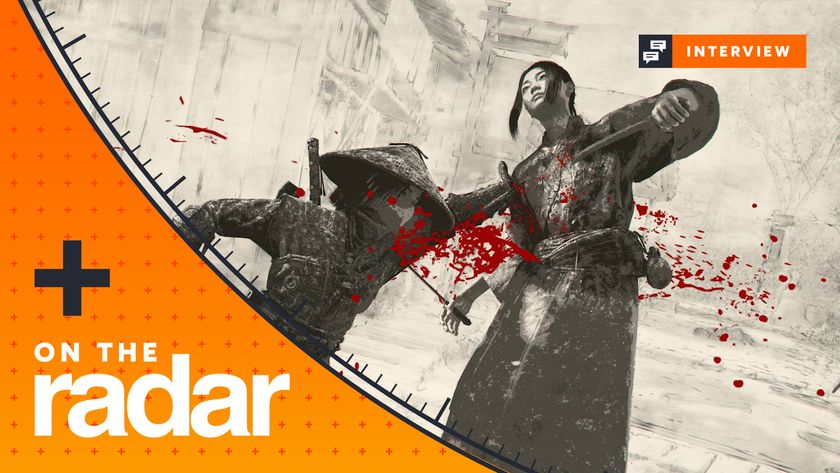



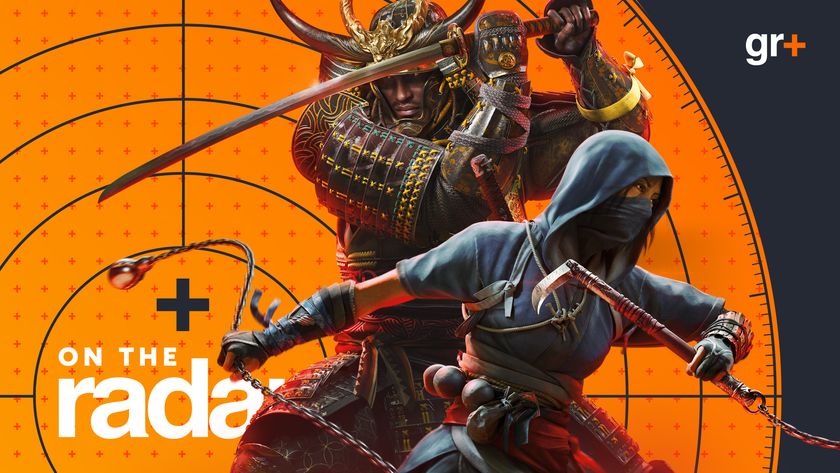
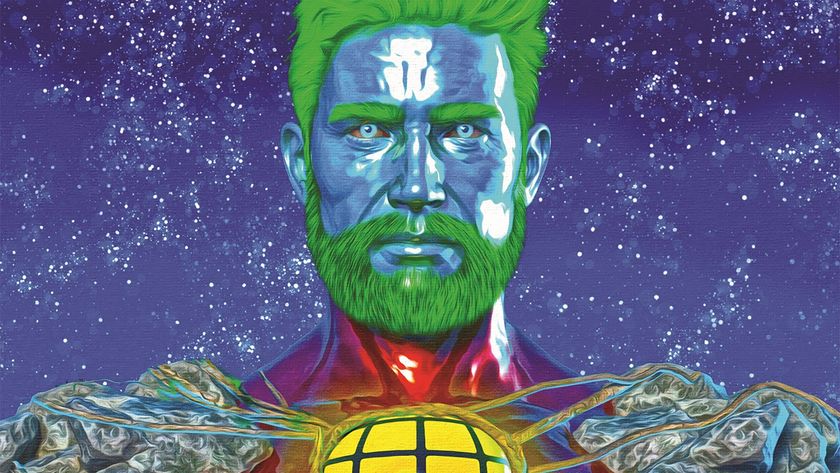

Pokemon Legends: Z-A will allegedly introduce 27 new Mega Evolutions, leakers claim, and we can only hope Flygon gets its chance this time

16 years after Minecraft first released it's getting a modern visual upgrade with a retro lighting trick that Mojang hasn't seen "in any other game"
